Is it really that time already?
Open Enrollment (OE) season is upon us and even though this is an annual event for employers, there always seems to be some new wrinkle that can send the best laid out plans flying out the nearest open window. Here are some of our favorite Workday Open Enrollment tips and tricks to help smooth out those OE wrinkles:
#1 | Start early and talk often
It is never too early to start discussing potential OE changes. The sooner you identify changes that could have impacts beyond just the enrollment process itself, the better off you will be for a smooth enrollment cycle. Integrations, Payroll and Employee Training/Communications are just some of the key areas that could be impacted by OE-related changes. Bring those groups together, early and often, to outline potential changes, discuss possible impacts and define a timeline to allow for a successful implementation.
#2 | Don't forget about Integrations
Even if there are no new plans or vendors for Open Enrollment, you will still need to coordinate with your Integrations team to ensure each integration has a plan for how and when the open enrollment elections will be sent to each vendor. The key here is to build a grid that outlines each benefit integration so you can document when OE files are due for each vendor and what their plan is for ongoing changes once OE elections have been communicated. Keep the following in mind:- Integration parameters will need to be updated to allow integrations to pick up future-dated OE elections.
- Some vendors ask that you stop sending ongoing files to them once you have submitted open enrollment elections. This means you need to ensure your integration schedules are updated and you have a way to report any current plan year changes to the vendor until the new plan year.
- Other vendors will allow you to send the OE elections and will have you continue to send current plan year changes until the new year.
#3 | Make a plan for Workday release updates
Workday R2 happens on the cusp of OE for many companies. Ensure you have reviewed the release notes and have a plan to address any mandatory items that impact benefits functionality.
#4 | Utilize Workday's Open Enrollment checklist
Workday provides customers with a checklist prior to each Open Enrollment season. We suggest that you download a copy of that checklist and tailor it to fit your specific needs. Not all items will be applicable to your configuration, and you might even have some unique requirements that need to be documented so you can make sure they are not overlooked. The link above is to the checklist that Workday posted for 2024-2025 Open Enrollment.
#5 | Create an end-to-end testing plan
Since OE can impact so much more than just the enrollment process, making sure you have outlined a plan for full end-to-end testing is critical to the success of your OE. While the OE window might only last a couple of weeks, what happens “behind the scenes” between the enrollment window and the start of the new plan year can make or break the success of your OE. Work closely with your Payroll and Integrations teams to ensure that testing includes validating deductions for the new plan year and data on benefit integration files to vendors.
By implementing these 5 tips, you’ll be on track to a smoother Open Enrollment. But just in case you need additional guidance, we’re sharing our guide to Workday Open Enrollment.
Whether this is your first OE in Workday, or you’ve been doing this for years, you can use this cheat sheet to confirm you’ve accounted for each step (spoiler alert: it’s a year-long effort).
Fill out the form below to grab your copy.





